The US dollar began the first week of July with a weak performance, falling to levels not seen since March 2022, as the Dollar Index broke below the 97 mark. This decline was driven by positive developments in global trade relations, most notably the announcement of a preliminary agreement between the United States and China. Additionally, Canada’s decision to cancel the digital services tax paved the way for the resumption of talks with Washington. The European Commission also signaled the possibility of reaching a deal with the US before July 9, reducing the chances of new tariffs and easing inflation related concern thus weakening the dollar’s appeal as a safe haven.
On the monetary policy front, comments by Federal Reserve Chair Jerome Powell supported expectations of further easing. He indicated that a rate cut could be appropriate if inflation continues to decline. This directly impacted market pricing, with the probability of a 25 basis point cut in the September meeting now seen at over 90%. With no expected move in August, attention is shifting to the July meeting for clearer signals on future policy directions.
Meanwhile, the US dollar is facing additional pressure on the fiscal front, particularly after renewed debate over the “Tax Cut and Spending” bill, which reignited concerns about a widening fiscal deficit. These concerns have intensified technical pressure on the dollar and raised the likelihood of breaking key support levels if the Fed fails to deliver a strong message in the coming period.
In the currency markets, the euro benefited directly from the dollar’s weakness, rising to 1.1750 its highest level since September 2021. Notably, this rally was not supported by strong eurozone data, as German retail sales posted a surprising decline. This suggests the euro’s upward momentum is largely driven by dollar weakness rather than internal strength.
The British pound also maintained its position near the 1.37 level, supported by solid economic growth of 0.7% in Q1 its fastest pace in a year. However, the Bank of England has signaled a likely slowdown in Q2, which could limit further gains for the pound in the near term.
In Asia, the Japanese yen saw a slight rise against the dollar, benefiting from increased demand for safe haven assets despite weak industrial production data. Meanwhile, the Chinese yuan showed relative stability after a modest improvement in the Purchasing Managers’ Index (PMI), particularly in the manufacturing sector, driven by stronger external demand amid reduced tariffs. Nevertheless, the Chinese economy remains under pressure from weak domestic demand and ongoing trade frictions with the US.
Over the past two weeks, markets have started repricing the likelihood of US rate cuts more clearly. Fed futures contracts now indicate the possibility of two cuts before the end of 2025, most likely in the September and December meetings. JPMorgan noted in its latest report that this shift has not been gradual but rather rapid, with around 18 basis points of easing priced in over a short period.
This shift has pushed US bond yields lower, weakening the dollar’s position as a source of stability. The bank noted that the ideal “Goldilocks” scenario for markets moderate growth, low inflation, and gradual rate cuts is unlikely. Instead, it expects a mix of economic slowdown and inflationary pressures stemming from the persistence of certain tariffs.
In light of this environment, JPMorgan recommended focusing on emerging market equities, citing their attractive valuations and growth potential, especially in a flexible monetary setting. It also pointed to sectors such as healthcare, consumer staples, and technology as likely outperformers during easing cycles. In contrast, bank stocks may face pressure due to narrowing profit margins resulting from lower yields.
Stay informed about global markets through our previous analyses. and Now, you can also benefit from LDN company services via the LDN Global Markets trading platform.







